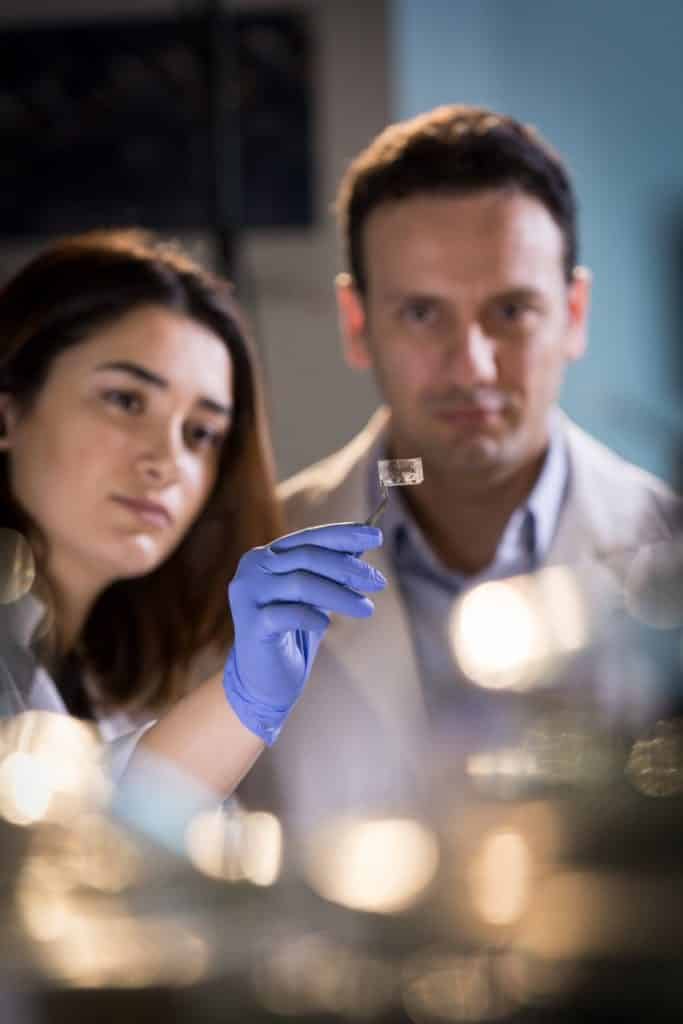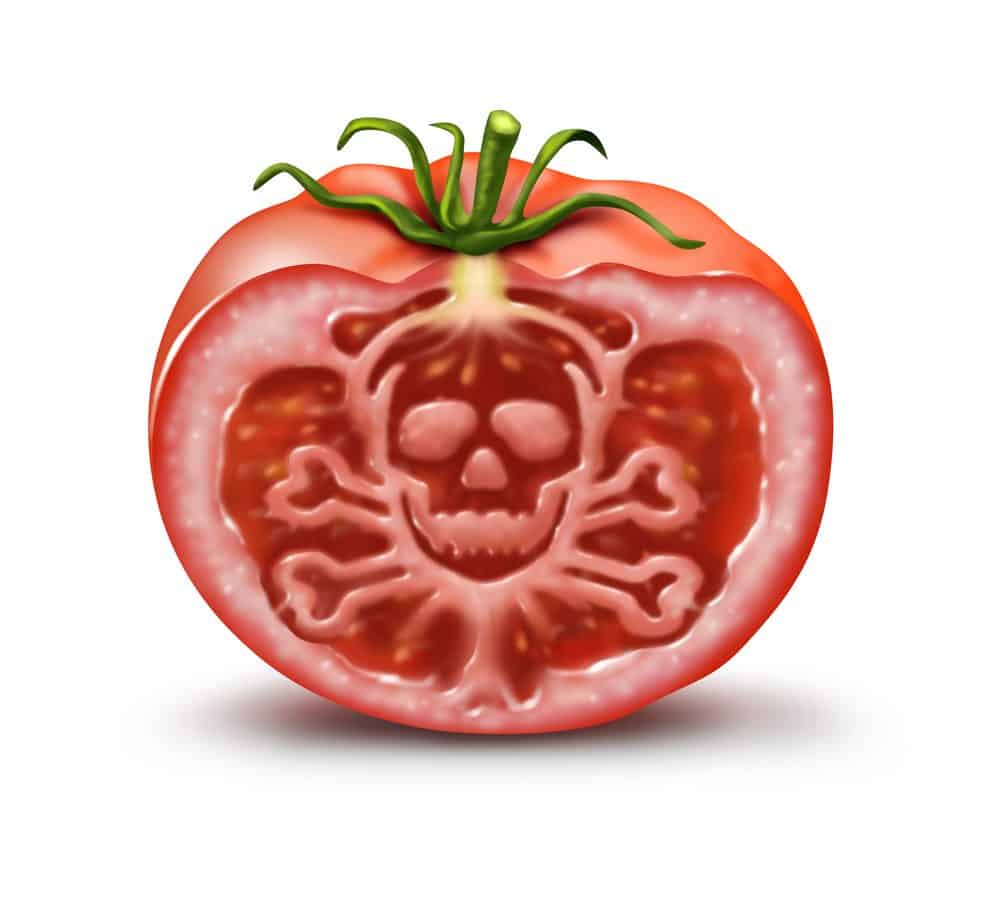A DNA Probe Patch to Test for Food Contamination
Scientists at the McMaster University have now reported a a transparent, durable, and flexible sensing surface that generates a fluorescence signal in the presence of a specific target bacterium. And this new tech has the potential to replace the traditional “best before” date on food and drinks alike with a definitive indication that it’s time to chuck that roast or pour out that milk.
The patch can be incorporated directly into food packaging, and signal E coli and Salmonella contamination as it happens. Dubbed “Sentinel Wrap,” the patch triggers a molecular signal that a disease-causing agent has contaminated products like meat, bottled water or milk. The triggered signal could be read by a smartphone or other devices. The patch does not affect the contents of the package.
“Right now, if you want to know if there’s any contamination in a food sample, you need to bring it into a lab … and it takes at least a day or two to find out if there’s any pathogen present in that food sample,” said mechanical-biomedical engineer Tohid Didar, one of the product’s developers.
“In the future, if you go to a store and you want to be sure the meat you’re buying is safe at any point before you use it, you’ll have a much more reliable way than the expiration date,
” says lead author Hanie Yousefi, a graduate student and research assistant in McMaster’s Faculty of Engineering.
The signaling technology for the food test was developed in the McMaster labs of biochemist Yingfu Li.
“He created the key, and we have built a lock and a door to go with it,” says Filipe, who is Chair of McMaster’s Department of Chemical Engineering.
Mass producing such a patch would be fairly cheap and simple, the researchers say, as the DNA molecules that detect food pathogens can be printed onto the test material. The researchers are naming the new material “Sentinel Wrap” in tribute to the McMaster-based Sentinel Bioactive Paper Network, an interdisciplinary research network that worked on paper-based detection systems. That network’s research ultimately gave rise to the new food-testing technology.
Getting the invention to market would need a commercial partner and regulatory approvals, the researchers say. They point out that the same technology could also be used in other applications, such as bandages to indicate if wounds are infected, or for wrapping surgical instruments to assure they are sterile.































